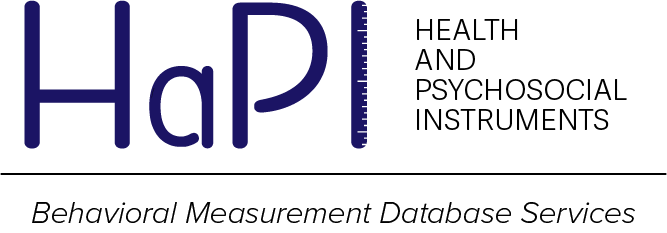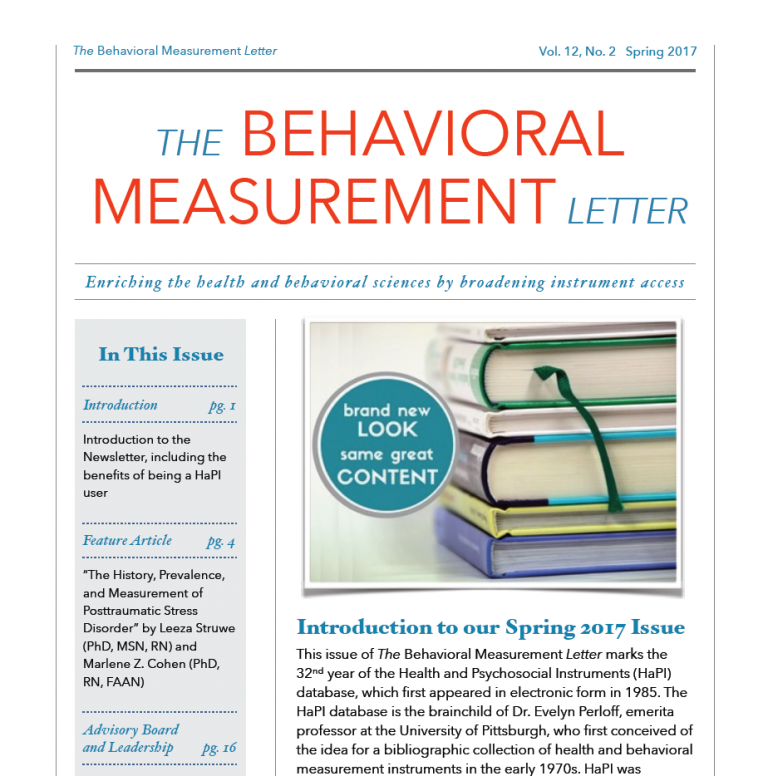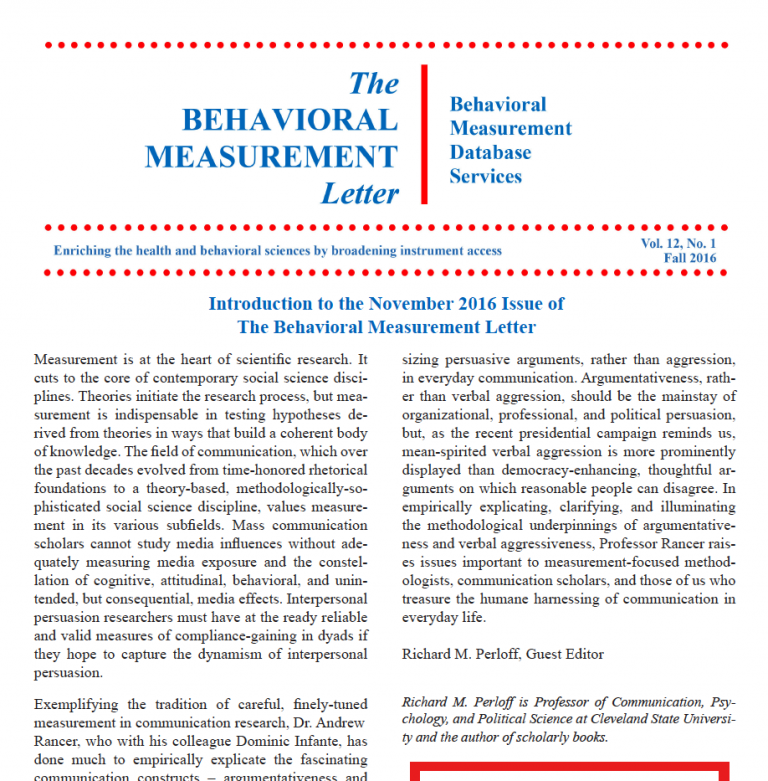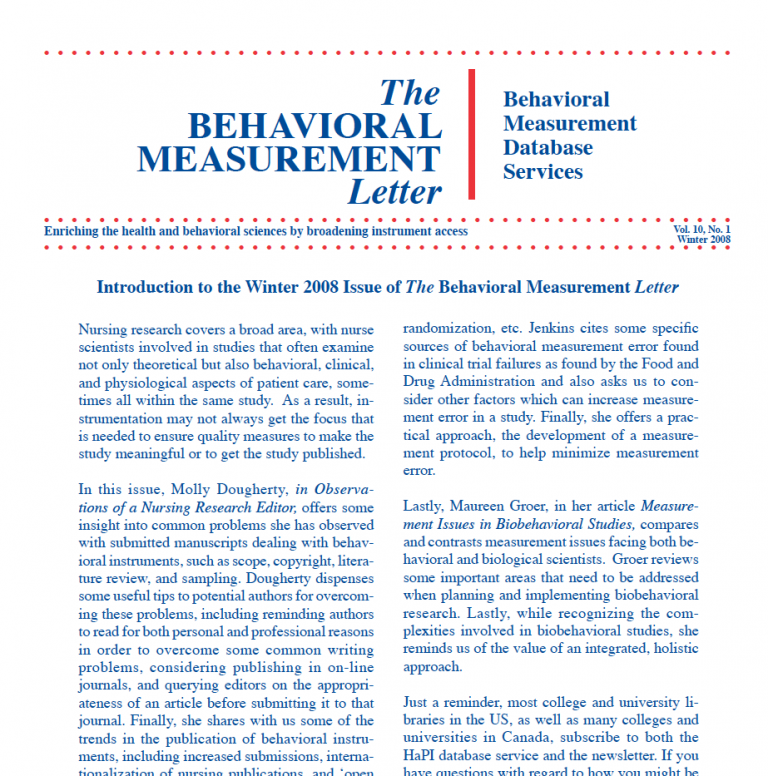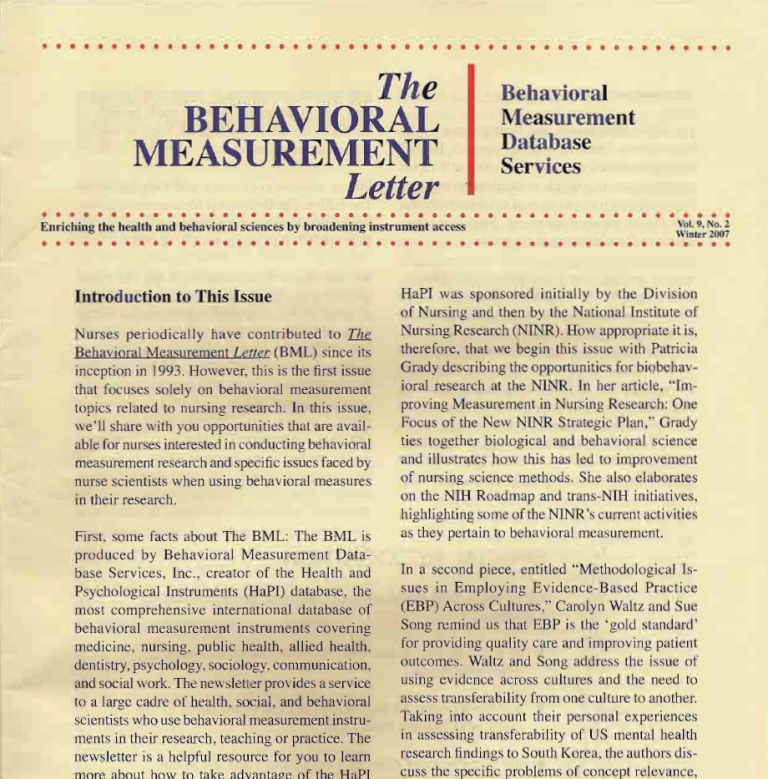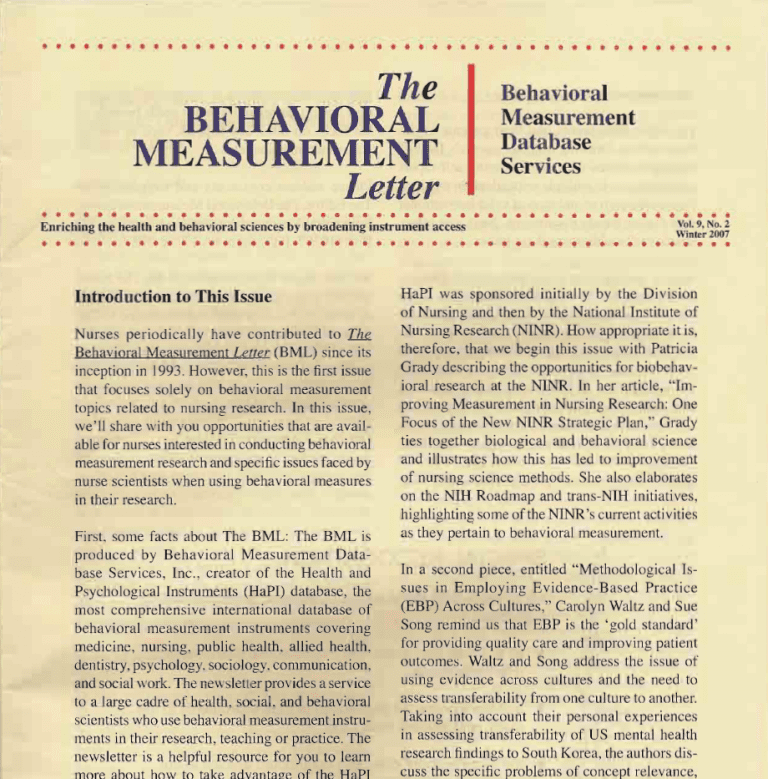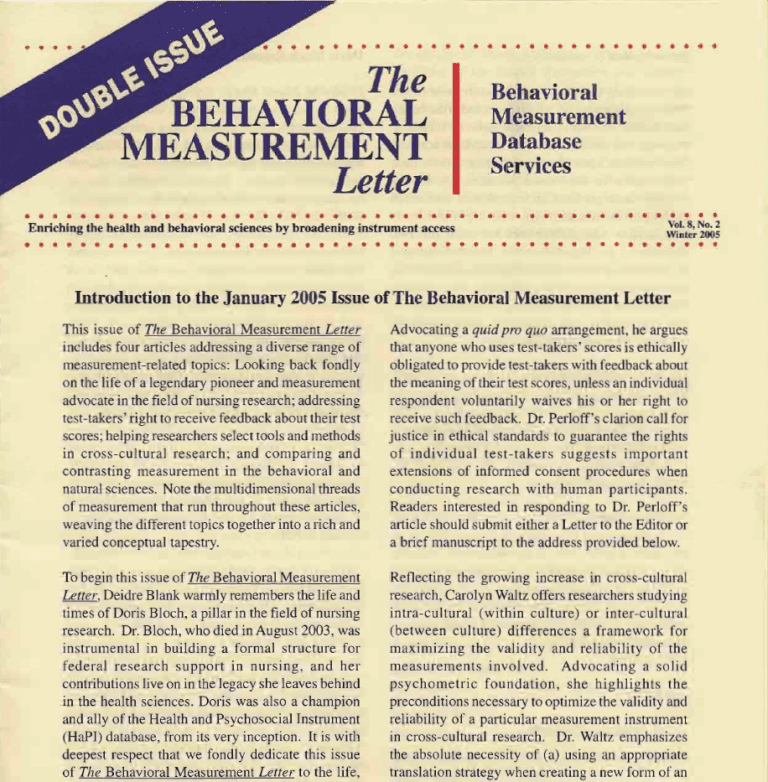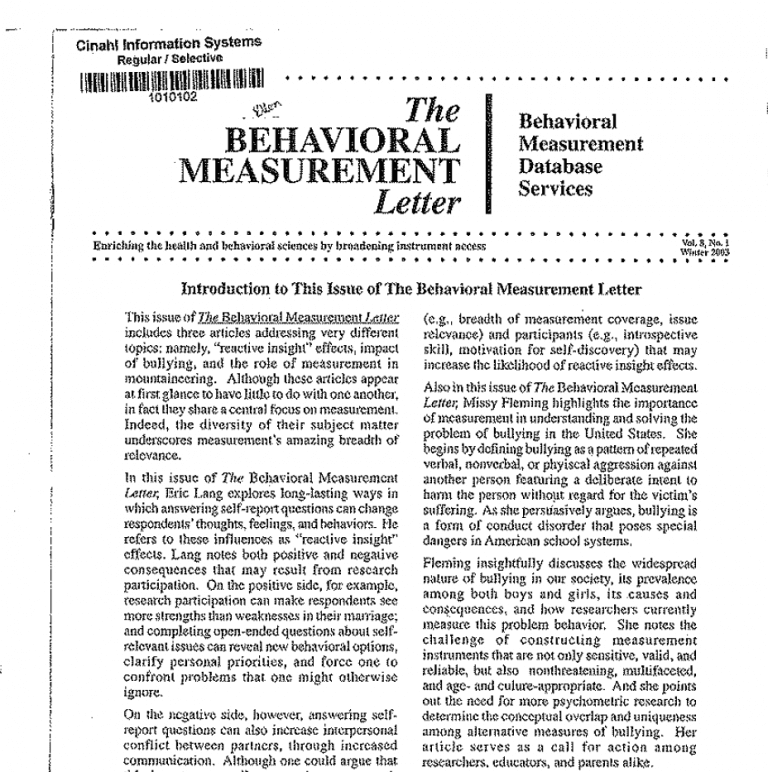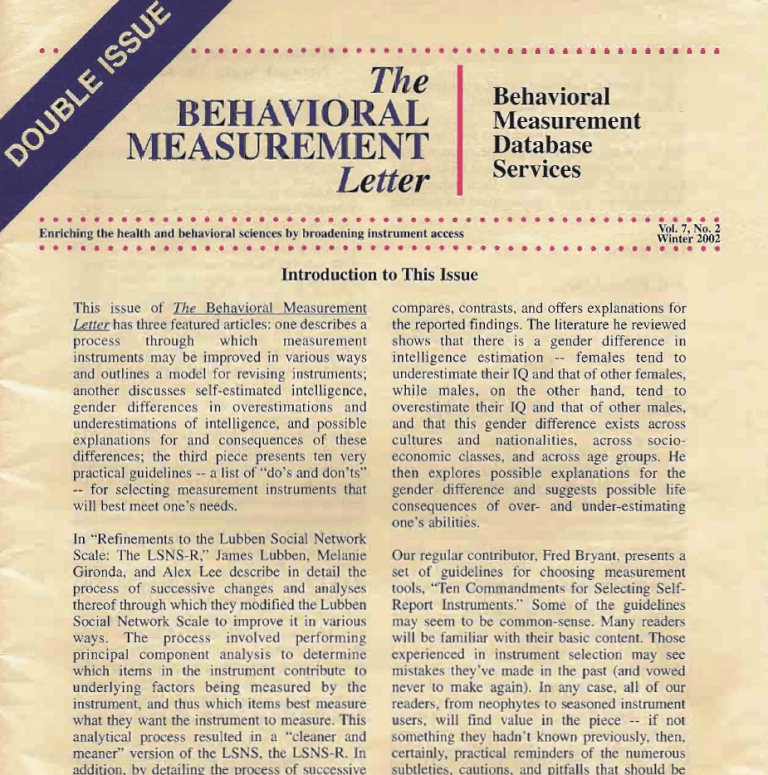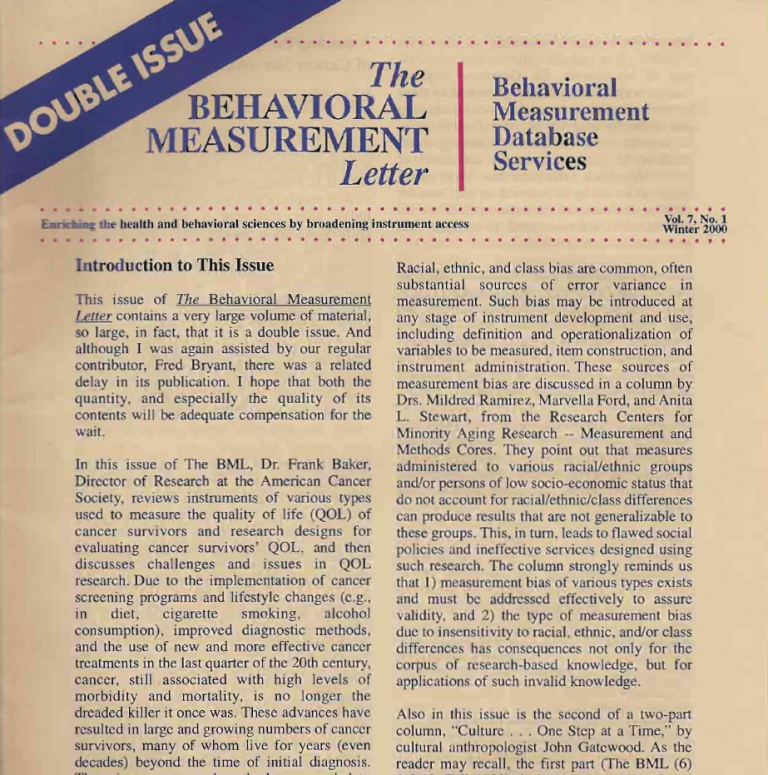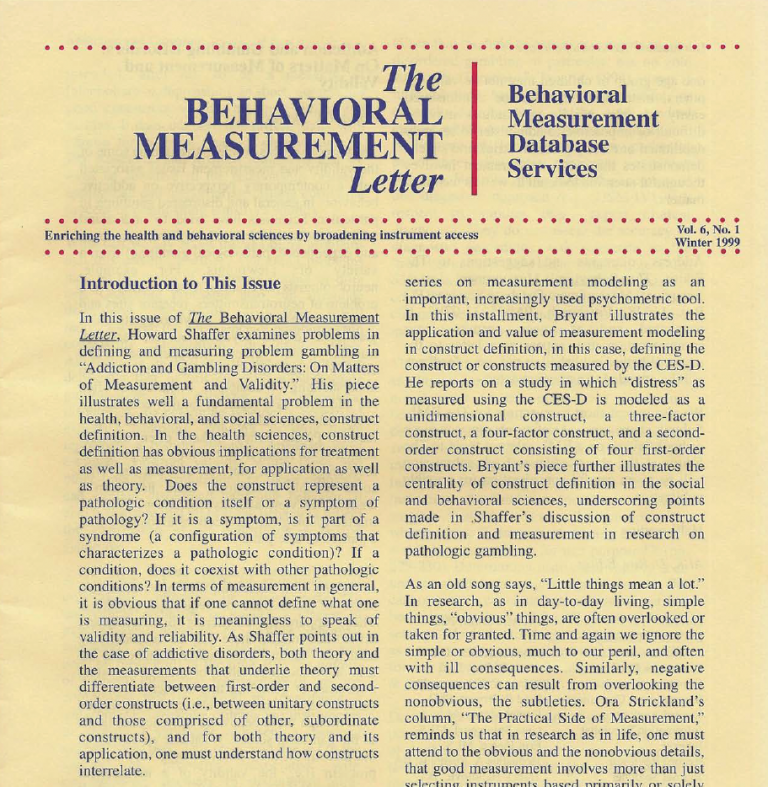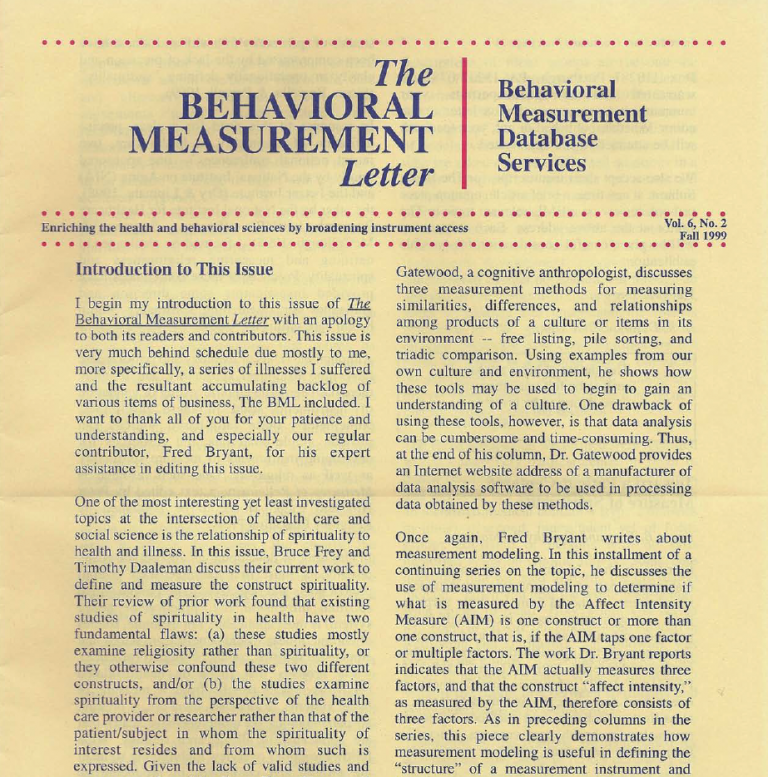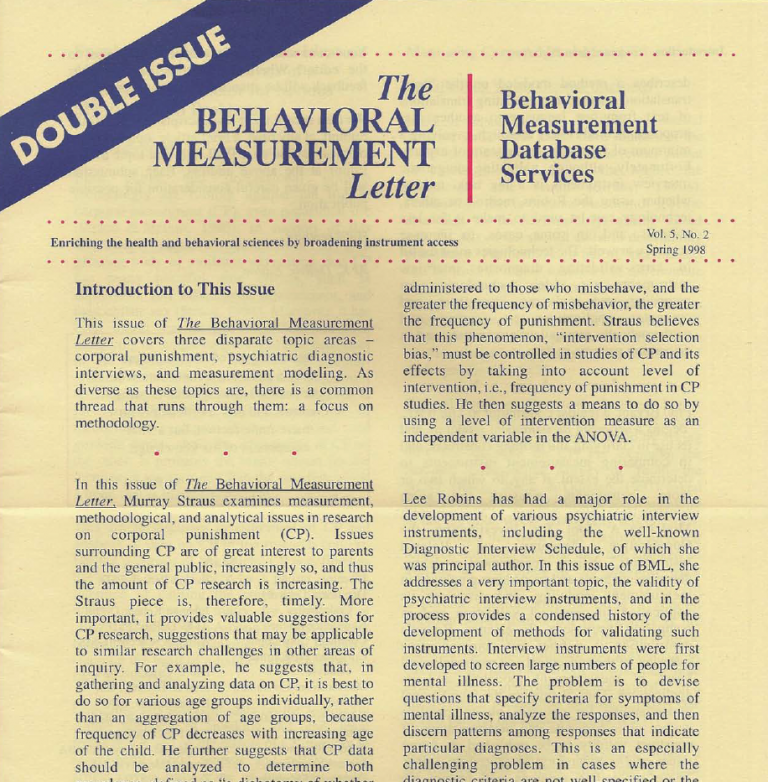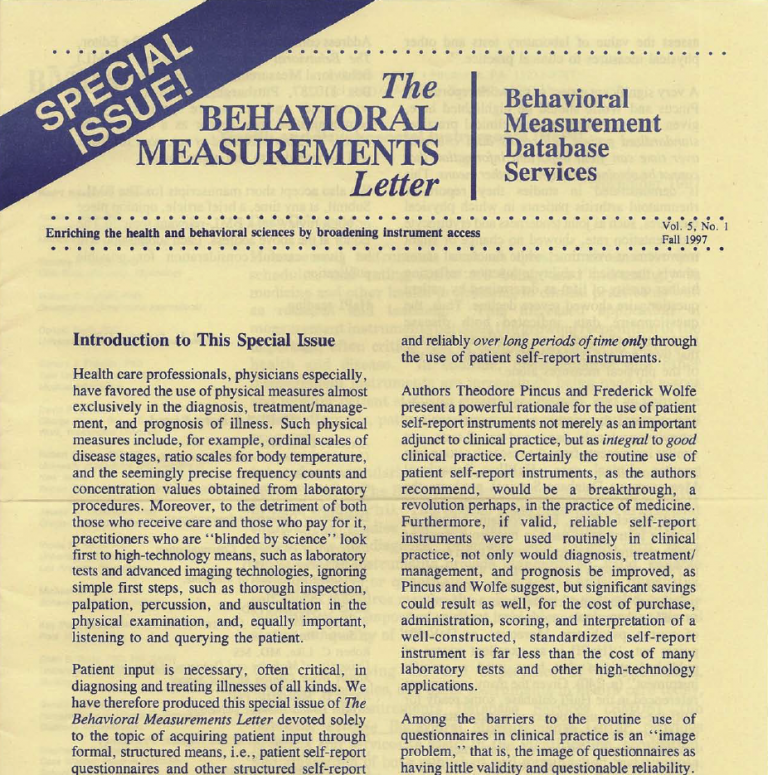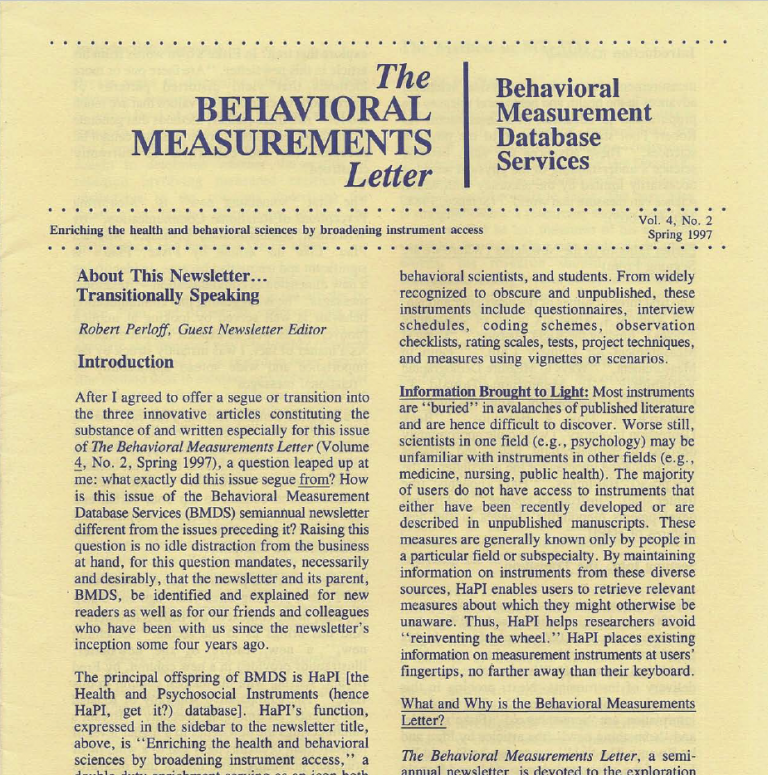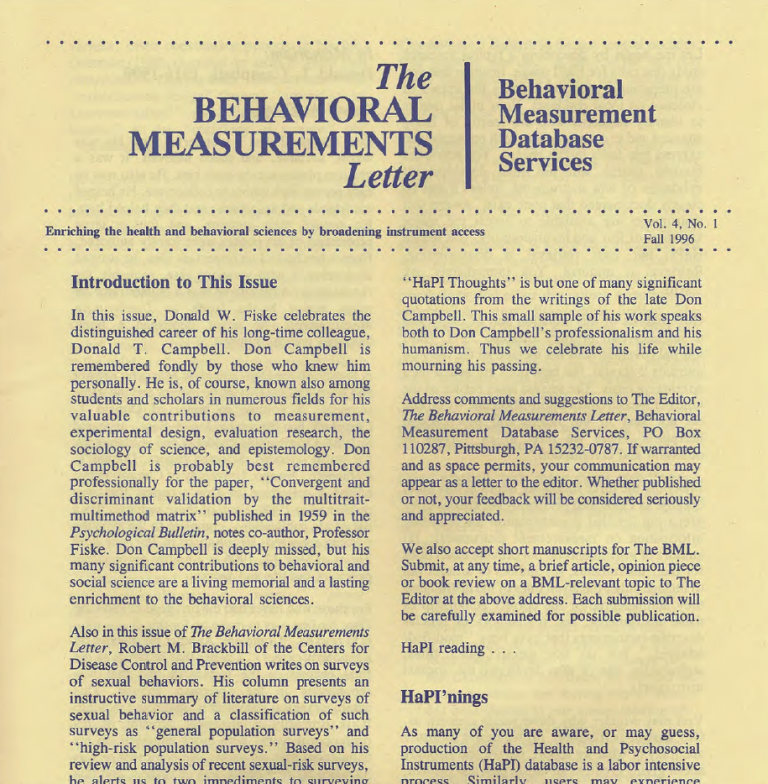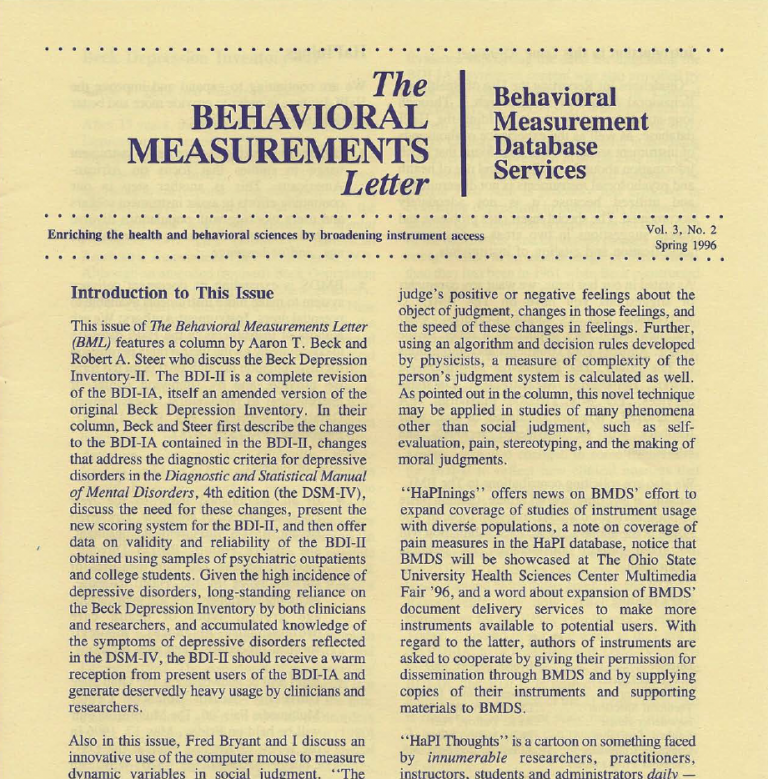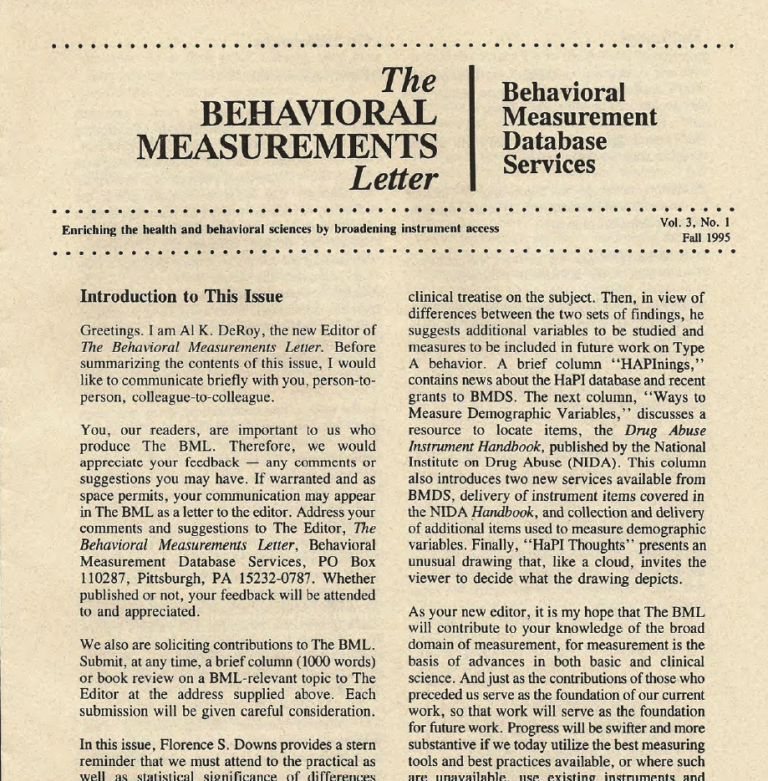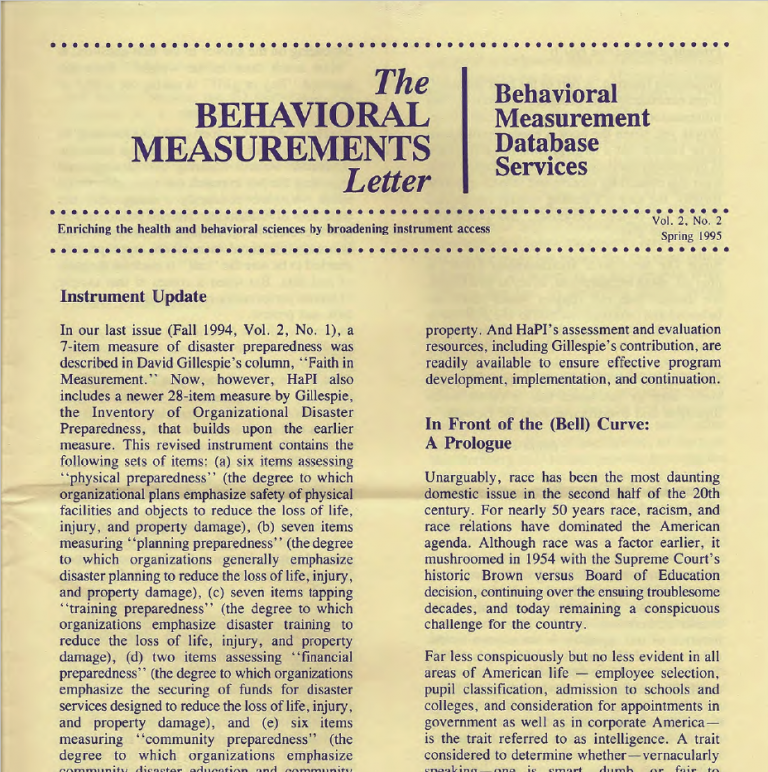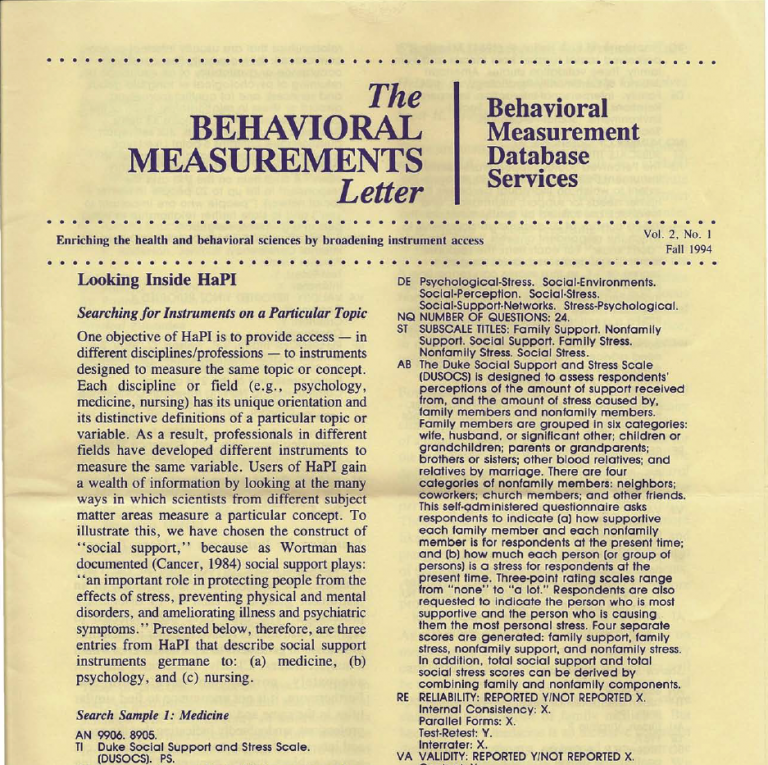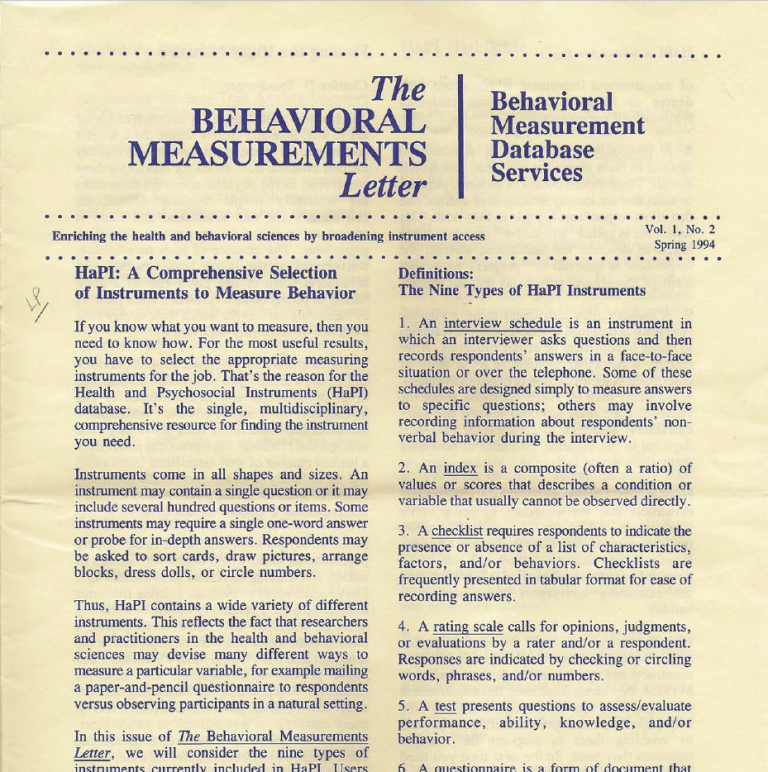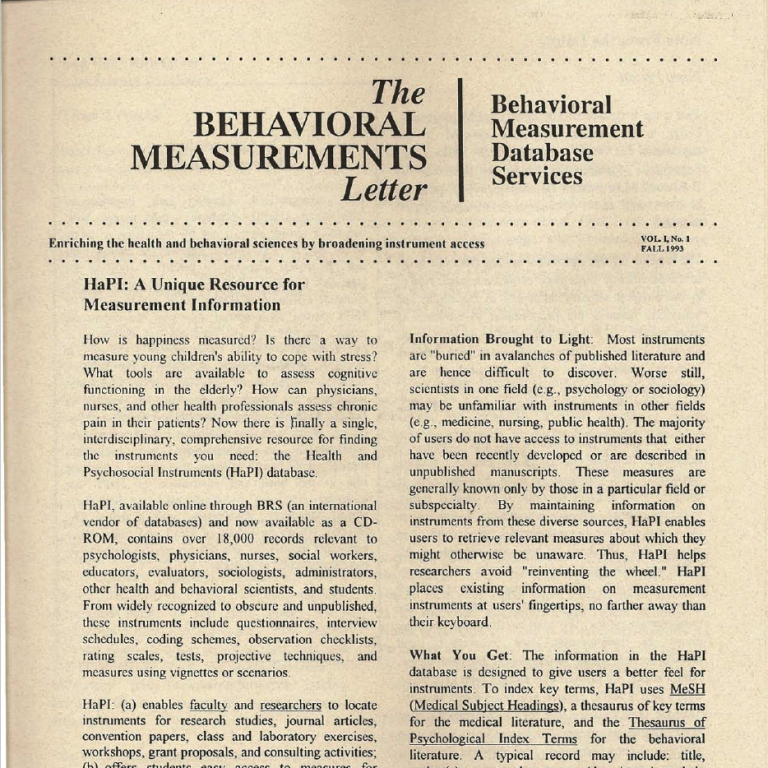Volume 12 – No 2 – Spring 2017
Leeza Struwe, Ph.D., MSN, RN
Assistant Professor of Nursing
&
Marlene Z. Cohen, Ph.D., RN, FAAN
Professor and Kenneth E. Morehead Endowed Chair in Nursing University of Nebraska Medical Center, College of Nursing
Abstract
Posttraumatic Stress Disorder (PTSD) has evolved from an unrecognized sequela of the battlefield to a widely recognized and treated disorder that develops in response to a variety of stressors that manifest across multiple populations. Because clinicians from a variety of backgrounds (physicians, psychologists, nurses, social workers and others) will encounter people living with and seeking treatment for PTSD, a better understanding of its history, prevalence and measurement can greatly enhance clinical knowledge and practice. In this article, we trace the U.S. history of PTSD from the Civil War to modern-day conflicts and consider how PTSD also affects the general population, in terms of precipitating stressors and prevalence among different subgroups. Finally, we review recent developments in the measurement of PTSD.
History of PTSD
Background
More than three decades have passed since the American Psychiatric Association (1980) introduced the diagnosis of posttraumatic stress disorder (PTSD) in the third edition of the Diagnostic and Statistical Manual of Mental Disorders. Since then, a proliferation of books, screening and diagnostic instruments, curricula, and social policy have been created to evaluate and care for those affected with PTSD (Wilson & Moran, 2004). Researchers and clinicians have paid particular attention to specific groups of relevant individuals, including war veterans and victims of sexual assault. Most recently, researchers have focused on PTSD symptoms resulting from medical treatment itself and from surviving cancer. This extensive attention contrasts starkly to the American Psychiatric Association’s 1968 elimination of “gross stress reaction” from the DSM-II (at the height of the Vietnam War), which left this type of disorder with no diagnostic label until 1980 (Elhai & Palmieri, 2011; Wilson & Moran,2004).
When PTSD was first operationalized in the DSM-III in 1980 (American Psychiatric Association [APA], 1980), traumatic stress was defined as, “a catastrophic event beyond the range of normal human experience” (p. 250). The inclusion of PTSD was as controversial then as it is today. Some critics saw this diagnosis either as an illness fabricated from what is actually an adaptive reaction to life events or as a ploy designed by feminist and veteran special-interest groups to serve the needs of those groups to support multimillion-dollar lawsuits and disability claims. Even today, one limitation of research into PTSD is the potential bias toward people eligible for financial or material gain from the diagnosis (Elhai & Palmieri, 2011). Even with these issues of potential bias, including PTSD as a diagnostic category gave clinicians a vehicle for diagnosis, treatment, and perhaps more importantly, research into the process and treatment of PTSD (Friedman, Resick, & Keane, 2007).
Risk Factors and Prevalence Rates for PTSD
Studies conducted after PTSD was defined show that more than half of American adults have exposure to traumatic events in their lifetimes. When comparing U.S. exposure and and makes it uncontrollable. Posttraumatic stress disorder is often severe and disabling, associated with significant diagnosis rates to those in other countries, U.S. diagnosis rates are higher than countries with greater rates of exposure. Prevalence rates for PTSD vary across different types of traumatic stress. In a study of university students (Kelley, Weathers, McDevitt-Murphy, Eakin, & Flood, 2009), the highest prevalence of PTSD was among sexual assault survivors (39.5%), followed by those who experienced the sudden unexpected death of a loved one (15.1%) and those involved in a motor vehicle accident (11.1%). Research has shown a dose-response relationship between trauma and PTSD, with an increase in severity of trauma exposure associated with higher rates of PTSD. Other risk factors besides exposure to trauma are key to the development of PTSD. For example, feeling betrayed—that is, feeling that a person involved in the incident should have supported or protected you—explains higher levels of avoidance and of numbing symptoms among undergraduates with PTSD (Kelley, Weathers, Mason, & Pruneau, 2012).
The known etiology of PTSD makes it different from other psychiatric diagnoses. Traumatic events, such as being in a war, being sexually assaulted, or experiencing childhood physical abuse, are among the root causes of PTSD. Unlike other disorders, with PTSD a person’s normal reaction to a life event becomes maladaptive. The traumatic event, coupled with maladaptive reactions, disrupts the individual’s life and makes it uncontrollable. Posttraumatic stress disorder is often severe and disabling, associated with significant comorbidity, poor health, and functional impairment (Hoge, et al., 2008).
“More than half of American adults have exposure to traumatic events in their lifetime.”
Risk factors that consistently predict PTSD include low socioeconomic status, lack of education, low intelligence, other previous trauma, adverse childhood experiences, trauma severity, lack of social support, and life stress. In a meta-analysis of 77 studies, Brewin, Andrews, and Valentine (2000) found that the impact of trauma severity was greater among combat veterans than among civilian victims of trauma. Although the risk factors of social, educational, and intellectual disadvantage, female gender, psychiatric history, and previous adversity had less impact on the development of PTSD in combat samples, these effects were not consistent across studies except in the areas of psychiatric history, childhood abuse, and family history of psychiatric illness. Clear risk factors for the later development of PTSD are previous traumas and how well persons adapted to the trauma. An investigation of the effect of military sexual trauma while on active duty (Kelly, Skelton, Patel, & Bradley, 2011), a traumatic event reported by 20-40% of female Veterans, found that 95.4% of female Veterans who experienced military sexual trauma had experienced a previous trauma when they were a civilian (77%) or a child (52.6%). Thus, previous trauma was a substantial risk factor in this sample.
Additional research over the past twenty years has discovered that the type of combat soldiers experienced is also a risk factor for PTSD. Veterans who killed had twice the rate of PTSD compared to those who did not kill; and those who killed a non combatant (woman, child, or elderly), or killed in the context of rage or revenge, had the most severe symptoms of PTSD and were more than 4.5 times more likely to experience PTSD than a veteran who did not kill (Maguen et al., 2013). These risk factors were called “abusive violence” when first seen in Vietnam veterans. Current research further refines the importance of soldiers’ state of mind of while killing in understating the etiology of PTSD. Military and civilian populations vary widely with respect to not only type and level of PTSD, but also treatment modalities and outcomes (Foa, Keane, Friedman, &Cohen, 2009; Norris & Hamblen, 2004), with more research and known prevalence rates in veterans and active military members than in the civilian population.
American General Population
Two National Comorbidity Studies were conducted, one in the 1990s and another between 2001 and 2003. The first study of 8,098 Americans aged 15 to 54 years found the lifetime prevalence of PTSD to be 7.8%, with women being twice as likely (10.4%) as men (5%) to have PTSD at some point in their lives (Kessler, Sonnega, Bromet, Hughes, & Nelson, 1995). The second study of 5,962 Americans aged 18 and older estimated the lifetime prevalence of PTSD among men was 3.6% and among women was 9.7% (Sledjeski, Speisman, & Dierker, 2008).
Civil War Veterans
The set of symptoms known as PTSD has always been a part of the military experience. For example, although anecdotal, ambiguous, and fragmentary, evidence of Civil War combat trauma exists in soldiers’ diaries, journals, and letters written to loved ones. The U.S. Sanitary Commission, which was charged with caring for the veterans of the Civil War, stated that the involvement in treatment, “should incur as little outside interference with natural laws and self-help as possible” (Marten, 2001, p. 60). Although the Sanitary Commission cared for soldiers with all types of physical injuries from the war, they noted that 6% of the soldiers in their care did not have physical injuries but were hospitalized because of “exposure” to the war environment. Suicide and alcoholism were problematic among these veterans (Marten 2001; Talbott, 1996).
World War I Veterans
Dr. Sigmund Freud and his colleagues who treated veterans from the First World War postulated that war neurosis symptoms arose subsequent to combat exposure in soldiers whose psychosexual development conflicts were unresolved, thus giving us the first precursor to combat exposure in the development of PTSD. In accounts in the British medical literature, a number of cases of “shell shock” were researched, and while many followed a pattern of unrelenting fear, other cases involved patients who developed physical collapse, night terrors, or low self- esteem. A doctor at the time wrote that he believed these problems were “due, in part, to a sense of unworthiness which develops with a feeling of cowardice” (Feudtner, 1993, p. 379). In this era, shell shock was thought to be a physical manifestation of neurological damage from the heavy bombardment of high explosives, poisoned gases, and flame throwers. In 1915, The Lancet published an article comparing a railroad injury of “railway spine” that was a type of traumatic neurasthenia to the neurological problems of the incapacitated soldiers. Veterans from this era suffered from PTSD type symptoms at an estimated rate of 10%-15% (Feudtner, 1993; Foy, Carroll & Donahoe, 1987).
World War II Veterans
Estimated prevalence of PTSD in the cohort of World War II veterans is about 9%-10%, with much higher rates of 56%-84% in the soldiers involved in the Dutch Resistance (Foy et al., 1987). Although these Veterans from the Greatest Generation suffered from PTSD symptoms, which at the time were still considered “war neurosis” symptoms, they received little empathy or support. In August of 1943, General Patton struck and berated soldiers in an evacuation hospital away from the front lines when he found out they had no physical injuries. He apologized for his behavior only later and with much urging by General Eisenhower, but he never retracted his order that “battle fatigue” not be recognized in the Seventh Army because he did not believe in diagnoses of battle fatigue or shell shock. In his mind, such diagnoses were simply cowardice (Grumet, 2009). Later in this era, combat stress reaction replaced the labels of battle fatigue and shell shock.
“Shell shock was thought to be a physical manifestation of neurological damage from the heavy bombardment of high explosives.”
Research into PTSD started in earnest among veterans of World War II. Although the first published research examined risk factors and etiologies, the outcome of this research is questioned today, as it was found that among Naval men, “domestic difficulties” caused soldiers to breakdown. Other risk factors were number of days in combat, marital status, rank, nervous parents, parental divorce, enuresis as a child, and family alcoholism (Phillips, 1947a, 1947b).
Korean War Veterans
Surprisingly, there was very little research on the etiology and treatment of PTSD among Korean War veterans. The limited existing literature shows a very high rate of PTSD among prisoners of war (POWs). Korean War POWs suffered from PTSD at a much greater rate (96%), compared to both World War II Pacific Theatre POWs (86%) and World War II European Theatre POWs (55%). Decades later, an estimated 7% of the combat veterans from the Korean War suffered from PTSD at some time after their service (Sutker & Allain, 1996). In the middle of the Korean War, 1952, the American Psychiatric Association produced the first Diagnostic and Statistical Manual of Mental Disorders, which included “gross stress reaction.” This first DSM structured the diagnosis for people who were normal but had PTSD-type symptoms from experiences such as combat or disaster. Unfortunately, the diagnosis was only valid for 6 months; if the patient did not improve within that time, a different diagnosis was required.
Vietnam Veterans
A congressional mandate in 1983 for an investigation of PTSD and other postwar psychological problems among Vietnam veterans resulted in The National Vietnam Veterans’ Readjustment Study. An estimated 15.2% of male and 8.5% of female Vietnam theater veterans met criteria for PTSD as it is currently defined . Those with high levels of war-zone exposure had significantly higher rates, with 35.8% of men and 17.5% of women meeting criteria for current PTSD (Kulka et al., 1988). Rates of PTSD were consistently higher for Vietnam Theater veterans than for Vietnam era veterans and civilians. Overall, the researchers found that in 1983 approximately 830,000 male and female Vietnam Theater veterans (26%) had symptoms and related functional impairment associated with PTSD (Kulka et al., 1988). The lifetime prevalence of PTSD in The National Vietnam Veterans’ Readjustment Study sample was 30.9% for men and 26.9% for women (Kulka, Schlenger, Fairbank, & Hough, 1990). This research showed that PTSD etiology has a strong association with prewar factors: age, education, family stability, minority status, and authority problems. However, a dose-response relationship exists in developing PTSD. More severe or prolonged exposure to combat or to stress, greater drug use, and greater loss of perceived control predicted higher rates of PTSD. Of particular interest is “abusive violence” (i.e., killing while in a rage or revenge killing), which was associated with the highest rates of PTSD (Foy et al., 1987).
Gulf War Veterans
An assessment of 11,441 Gulf War veterans from 1995 to 1997 found the current prevalence of PTSD to be 12.1% (Kang, Natelson, Mahan, Lee, & Murphy, 2003). Conducted five to seven years post-deployment, The National Health Survey of Gulf War Era Veterans and their Families found 10.1% of deployed Gulf War troops (compared to 4.2% of non-deployed era veterans) reported PTSD symptoms during the prior month. About 10 years after deployment, the estimated war-onset prevalence of PTSD was 6.3% among Gulf-deployed veterans and 1.1% among non-Gulf deployed era veterans. Ten years after the Gulf War, 1.8% of deployed veterans who had war-onset PTSD remained symptomatic (Richardson, Frueh, & Acierno, 2010). These veterans are the first recent cohort to experience war from an all-volunteer force. Investigating many factors identified during the Vietnam era including theater experience and combat time and type, research during the Gulf War era found that direct war-zone factors explained the largest proportion of variance in PTSD (Vogt & Tanner, 2007).
Veterans of Operation Enduring Freedom/ Operation Iraqi Freedom/Operation New Dawn (OEF/OIF/OND)
In 2008, a Gulf War Veterans study of 1,938 service members deployed during OEF and OIF (Afghanistan and Iraq) found the prevalence of PTSD to be 13.8% (Tanielian & Jaycox, 2008). A prospective study sampling all deployed personnel who were OEF/OIF Veterans enrolled at the Veterans Administration (VA) between 2001-2005 (N = 103,788) found a current PTSD prevalence rate of 13% (Seal, Bertenthal, Miner, Sen, & Marmar, 2007). In a 2012 study of veterans from the first 10 years of the Afghanistan and Iraq wars, PTSD was almost twice as prevalent among those who had separated or retired from the military as among current active duty service members. Additionally, National Guardsmen and reservists had twice the risk of PTSD as active duty service members. Compared to soldiers and Marines, sailors had less than half the risk of PTSD, whereas airmen had less than one-tenth the risk (Hermann, Shiner, & Friedman, 2012).
“Up to one-third of the variance in PTSD risk factors is believed to be due to genetic predispositions.”
Current research continues the work from the Vietnam and Gulf war eras with an emphasis on risk factors and etiology with new areas of genetic polymorphisms. Based on work with Vietnam veterans who are twins, up to one- third of the variance in PTSD risk factors is believed to be due to genetic predispositions (Wolf, Mitchell, Koenen, & Miller, 2014). Of particular interest is the work toward preventing PTSD in soldiers entering combat. Resilience has been linked to lower rates of PTSD, and when reviewing the history of PTSD, risk factors such as poor family support and doing poorly in school are likely indicators of low resilience. Within the last decade, the military has adopted a number of approaches, from early intervention with cognitive behavioral therapy, to soldier resilience programs that teach and promote enhanced physical, emotional, social, spiritual, and family skills. However, the efficacy of these approaches has not yet been evaluated (Hermann et al., 2012).
Although the history of PTSD reveals trends in diagnostic accuracy and treatment, PTSD remains an elusive diagnosis today. In May 2013, the American Psychiatric Association once again changed the criteria for PTSD, making it no longer an anxiety disorder, but rather part of a new category of trauma and stressor-related disorders (APA, 2013). The APA reworked the dimensionality of clinical diagnoses, adding a fourth dimension, dysphoria, which clinicians have long seen in practice. A plethora of research in the years between the fourth (APA, 1994) and fifth editions (APA, 2000) of the DSM gave rise to the current diagnostic criteria (King, King, Leskin, & Weathers, 1998; Simms, Watson, & Doebbeling, 2002; Pietrzak, Goldstein, Malley, Rivers, & Southwick, 2010; Maestas, Benge, Pastorek, LeMaire, & Darrow, 2011).
Measurement of PTSD
The psychological assessment of people traumatized by extreme stressors is challenging. The diversity of stressful events and the myriad of ways people cope with traumatic events makes such assessment particularly difficult. It is far easier to describe a phenomenon subjectively than it is to develop valid and reliable measurement instruments for use in assessing the phenomenon across a large range of etiological events, populations, and sequelae. Although the clinical interview remains the gold standard for definitive diagnosis, a clinician can see only a limited number of people per day, whereas a large population of veterans and civilians have experienced traumatic events and could benefit from treatment if they were screened and identified.
Numerous self-report instruments have been developed to assess PTSD. Among the most widely used instruments is the PTSD Checklist (PCL), which is available in three versions— military (PCL-M), civilian (PCL-C), and specific event (PCL-S)—each of which has been well validated and shows good internal consistency, test-retest reliability, and convergent validity (Wilkins, Lang, & Norman, 2011). With the changes in the criteria for diagnosing PTSD in the DSM-5, however, the PCL revision now has only one tool, the PCL-5, available in three formats including one without a trauma exposure measure, one with a trauma exposure measure, and one with the Life Events Checklist and a measure of extended trauma exposure. Clinicians can interpret responses to the PCL-5 in three ways, using: (1) a total “severity” score; (2) a subscale score for each of the dimensions that are referred to as “clusters” in the diagnostic criteria; (3) or the DSM diagnostic rules (U.S. Department of Veterans Affairs, 2016).
Validation work for the PCL-5 is underway and a few studies have reported psychometric analyses within veteran (Wortmann et al., 2016), active duty (Hoge, Riviere, Wilk, Herrell, & Weathers, 2014), and community (Armour, Contractor, Shea, Elhai, & Pietrzak, 2016) populations. Additional research has examined the effects of different modes of administration on responses to the PCL-5 (Boal, Vaughan, Sims, & Miles, 2017). Initial reports of the instrument performance show acceptable levels of internal consistency at baseline and follow up, with Cronbach’s alpha values of 0.75 to 0.96 in veteran samples (Bovin et al., 2016; Wortmann et al., 2016) and 0.95 in a community sample (Seligowski, Rogers, & Orcutt, 2016). Convergent and discriminant validity coefficients were 0.87 with the PCL-C (Bovin et al., 2016) and 0.87 with the PCL-S (Wortmann et al.,2016).
Confirmatory factor analysis has been used to investigate the structure of PTSD. For years, the symptom structure of PTSD was explored in terms of multiple versions of three- dimensional models—consisting of intrusion (unwanted trauma-related memories or dreams), avoidance/emotional numbing (avoiding thoughts related to the trauma, restricted range of affect), and hyperarousal (sleep or concentration problems, hypervigilance)—as structured in the DSM-IV- TR (APA, 2000). However, little evidence supported this structure. This lack of empirical support led researchers to examine alternative four- and five-factor models. For example, King, King, Leskin, and Weathers (1998) proposed a correlated four-factor model that created a fourth dimension by separating avoidance and emotional numbing symptoms. Four years later, Simms, Watson, and Doebbeling (2002) proposed an alternative four-factor model that included a fourth dimension of dysphoria.
As research has continued to evolve, conflicting results have emerged concerning which measurement model best fits the new DSM-5 diagnostic criteria (APA, 2013). Models that have received empirical support in the literature include the five-factor “anhedonia model” that encompasses intrusion, avoidance, negative alterations in cognition and mood, anhedonia, anxious arousal and dysphoric arousal (Liu et al., 2014); and the seven-factor “hybrid model” that separates negative cognitions and mood into negative alterations and anhedonia symptoms (Armour et al., 2015). In a sample of active duty military personnel who sought treatment for PTSD, a six-factor model that included anhedonia best fit the data (Wortmann et al., 2016). In a sample of veterans receiving care at a VA facility, the DSM-5 model had adequate fit; however, when adding anhedonia to the model, the seven-factor model provided the best fit (Bovin et al., 2016). In a sample of trauma-exposed college students, both the six-factor anhedonia model and the seven-factor hybrid model provided excellent fit to the data (Armour et al.,2016).
In addition to studies assessing the relevance of the DSM-5 criteria for different populations, other research has investigated appropriate scoring methods for the various versions of the PCL-5. Although total symptom severity scores on the PCL-5 range from 0 to 80, a cut-off value of 33 is often used in clinical diagnosis (U.S. Department of Veterans Affairs, 2016). However, in 2013 a more stringent cut-score of 38 was recommended (Weathers, Litz, Keane, Palmieri, Marx, & Schnurr, 2013). When assessing sensitivity to clinical change, a cut score that represented (a) clinically meaningful improvement was 24 and (b) clinically significant exacerbation was 76 (Wortmann et al., 2016), while a less precise measure of the previous standard used from the PCL for the DSM-IV was 5-10 points as “reliable change” and 10-20 points as “clinically significant change” (U.S. Department of Veterans Affairs, 2016). Additional studies of sensitivity and specificity have been published to suggest diagnostic utility at differing levels of total score on the PCL-5 (Wortmann et al., 2016).
This discussion of the history of PTSD from the early battlefield to modern-day civilian populations is merely an overview; much further work with patients who have experienced a wider range of traumatic events, across countries and continents, is available to the interested reader. Although current research shows that the PCL-5 does not conform optimally to any DSM-5 proposed structure, the PCL-5 is psychometrically sound and provides numerous benefits to clinicians trained in its use.
Additional information on the PCL-5 and other measures that reflect the DSM-5 PTSD criteria can be obtained from the National Center for PTSD at www.ptsd.va.gov/professional.
About the Authors
Dr. Leeza Struwe is an Assistant Professor in the Niedfelt Nursing Research Center at the University of Nebraska Medical Center, College of Nursing, Omaha, NE and a biostatistician at the Omaha Children’s Hospital and the VA Nebraska-Western Iowa Health Care System, Omaha, NE. Prior to completing her PhD in applied Statistics in 2014, she was an advanced practice registered nurse in community health nursing and was a forensic nurse for the State of Nebraska for 16 years. As a former service member who served during Desert Shield/Desert Storm, she has a special interest in Veterans and the potential effects of their service experience on their daily lives. She works in diverse research teams across multiple nursing disciples.
Dr. Marlene Z. Cohen is the Kenneth E. Morehead Endowed Chair in Nursing and Professor at the University of Nebraska Medical Center, College of Nursing, Omaha, NE, and a Nurse Researcher at the VA Nebraska-Western Iowa Health Care System, Omaha, NE. Her program of research focuses on understanding how clients and patients perceive the world. She has over 30 years of experience in phenomenological research focused on understanding the meaning of health, illness, and various treatments and interventions. Her work has explored the perspectives of patients, family members, health care providers, and clients. She has successfully administered 32 studies in collaboration.
References located in PDF:
12-2-spring-2017*A Note*
Understanding the Prevalence Rates for PTSD
The prevalence rates for PTSD are a critical metric in understanding the widespread impact of this disorder across various populations. PTSD prevalence varies significantly depending on the type of trauma experienced and the demographic characteristics of those affected. For instance, studies indicate that approximately 7.8% of Americans will experience PTSD at some point in their lives, with women being more likely to develop the disorder than men. This gender disparity is attributed to the different types of traumatic experiences typically encountered by men and women, such as combat exposure in men versus interpersonal violence in women. Moreover, specific subpopulations, such as military veterans, exhibit higher prevalence rates, particularly those exposed to severe combat situations or multiple deployments.
Who Discovered PTSD and the Evolution of Its Recognition
The discovery and recognition of PTSD as a distinct mental health condition have evolved over centuries. The term “PTSD” itself was first officially introduced in 1980 with the publication of the DSM-III by the American Psychiatric Association. However, the symptoms associated with PTSD have been documented throughout history, particularly in soldiers who have experienced combat. During the American Civil War, symptoms of what we now know as PTSD were referred to as “soldier’s heart” or “irritable heart.” It wasn’t until after the Vietnam War that the term “post-traumatic stress disorder” gained traction, leading to a formal diagnosis and a better understanding of the condition as it relates to both military and civilian populations.
Measurement of PTSD: Tools and Challenges
The measurement of PTSD presents unique challenges due to the complex nature of the disorder and the varied ways it can manifest. The gold standard for diagnosing PTSD is the clinical interview, but this method is resource-intensive and not always feasible for large populations. Consequently, numerous self-report instruments have been developed to assess PTSD, with the PTSD Checklist (PCL) being one of the most widely used tools. The PCL has undergone several revisions to align with changes in the DSM criteria, with the latest version being the PCL-5, which corresponds to the DSM-5 criteria for PTSD. This tool allows for flexible assessment, offering different formats depending on the context of the trauma. Despite the advancements in measurement tools, there remains ongoing debate about the most accurate model for assessing PTSD symptoms, with various studies proposing different factor structures to best capture the disorder’s complexity.
Key Risk Factors for PTSD Development
Understanding the risk factors for PTSD is crucial for both prevention and treatment. While exposure to trauma is the primary factor, not everyone who experiences a traumatic event develops PTSD. Research has identified several additional risk factors that increase the likelihood of developing PTSD, including low socioeconomic status, lack of social support, previous traumatic experiences, and a family history of psychiatric disorders. Specific populations, such as combat veterans and survivors of sexual assault, are at higher risk, with studies showing that the severity and frequency of trauma exposure are directly correlated with higher rates of PTSD. Moreover, psychological factors such as perceived helplessness during the trauma and betrayal by a trusted individual or institution can exacerbate PTSD symptoms, particularly avoidance and emotional numbing.
By incorporating these insights into our understanding of PTSD, clinicians and researchers can better address the complexities of this disorder, ultimately leading to more effective interventions and support for those affected.
